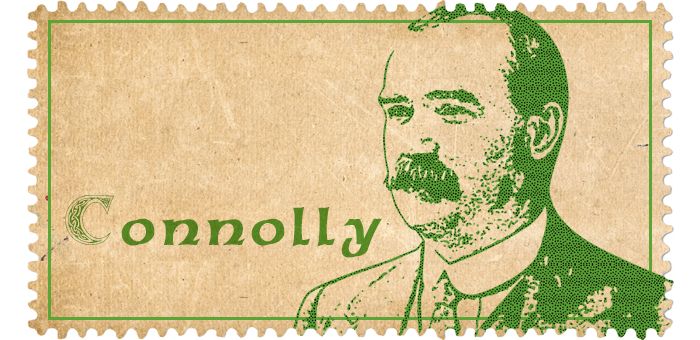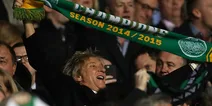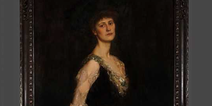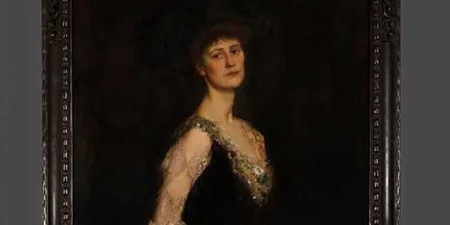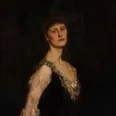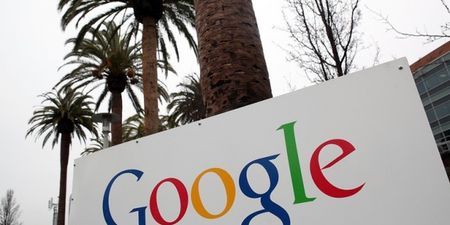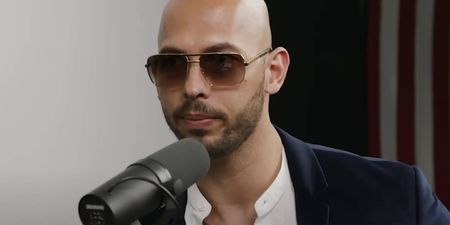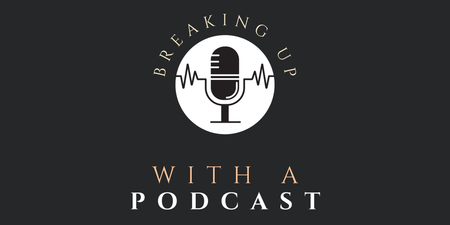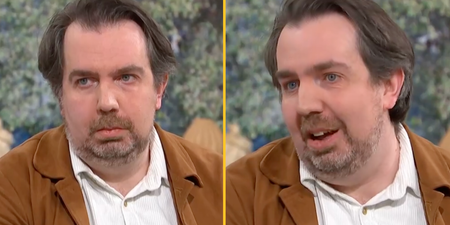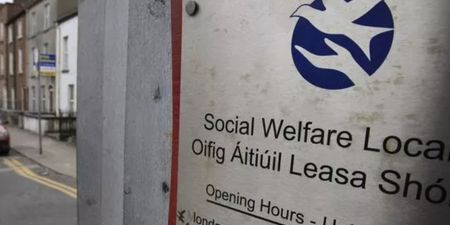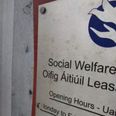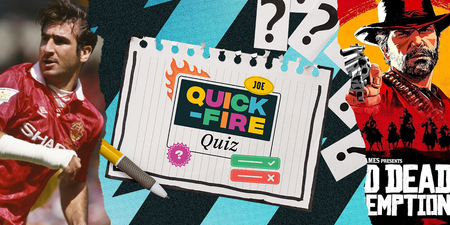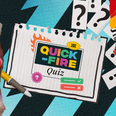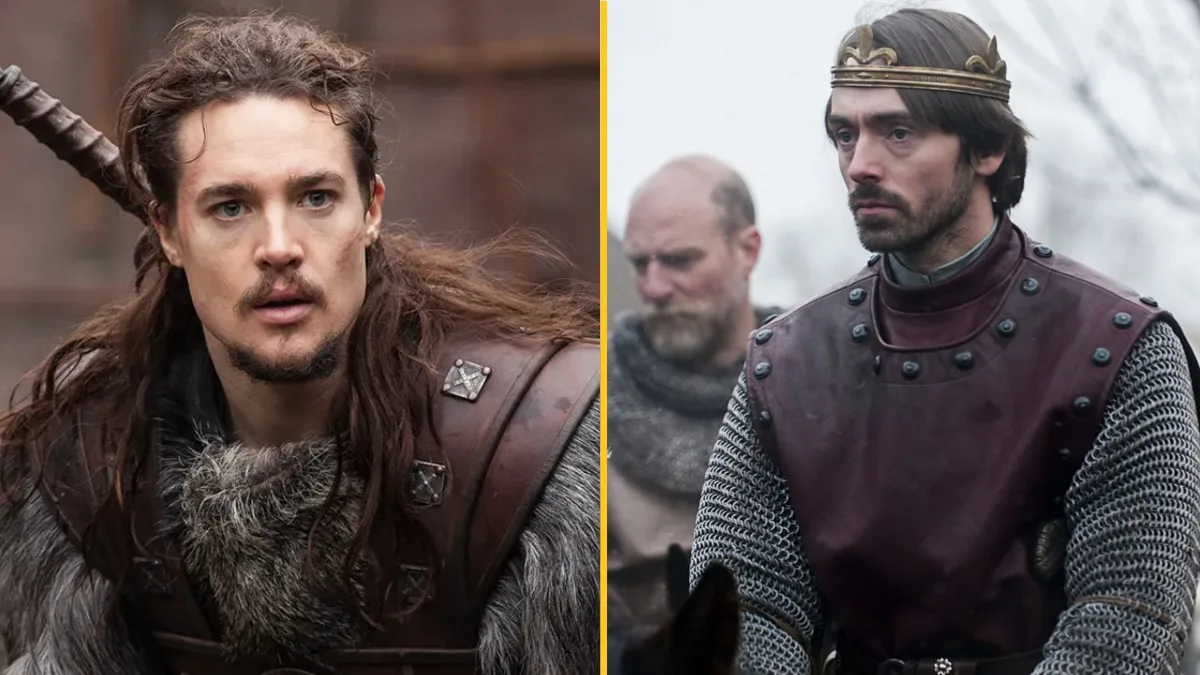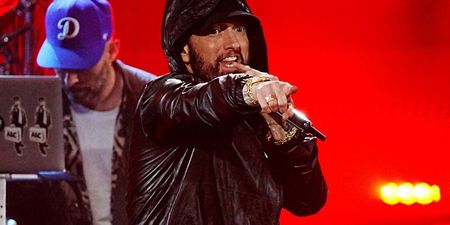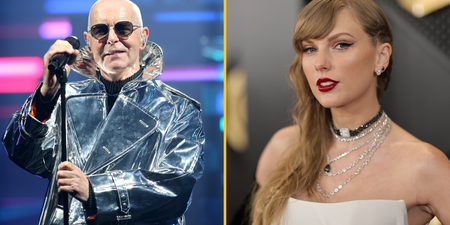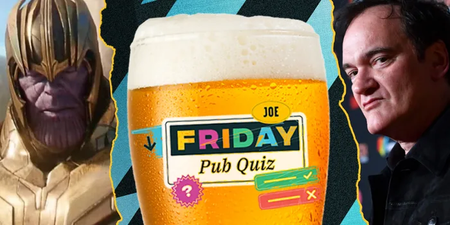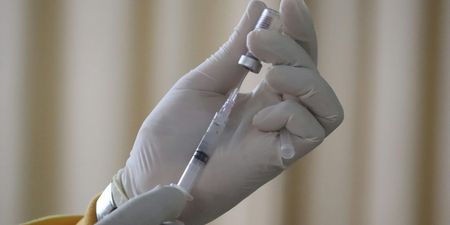A man who believed that Irish freedom and socialism were inter-linked.
In the first of our series about the signatories of the 1916 Proclamation, we look at James Connolly. We will feature a different signatory every day up to Easter Sunday.
“Parliamentary democracy gives to the worker the right to a voice in the selection of his rulers but insists that he shall bend as a subject to be ruled.” – James Connolly.
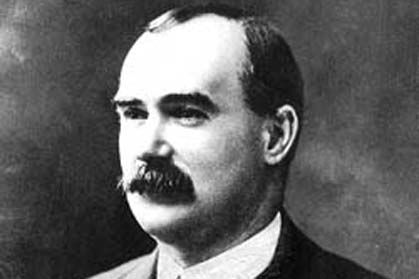
1. Connolly was driven by the idea of a Workers’ Republic. Connolly would link the fight for Irish freedom to the need to uproot capitalism, and he was the first person to conceive of an Irish Labour Party without living to see it come to fruition. He was driven by the need to ‘undermine the imperialist and capitalist world order,’ according to the Irish Times, and believed that a revolt against the British Empire would have a ripple effect around the world.
2. He was born in Scotland to Irish immigrant parents. Born in the Cowgate area of Edinburgh in 1868 to parents from Monaghan. The area was known as ‘Little Ireland,’ and he would be educated in a Catholic primary school until the age of 10. At 11 he started to work as a labourer – like his father and grandfathers before him – but poverty would force him to join the British Army under the name ‘Reid’ at the age of 14. This gave birth to his hatred of the British Army, a malice that he would hold for the rest of his life.
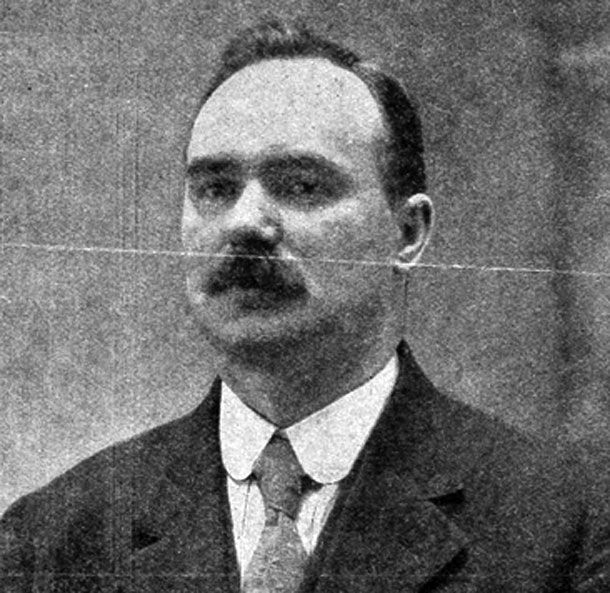
via AnPhoblacht.com
3. He deserted the Army. Stationed in Ireland, he got word that his regiment was to be transferred to India. He deserted the Army and returned to Scotland, where his socialist ideals would take hold for the first time.
4. He was a founder of the Irish Citizens’ Army. This was an army set up to protect workers and strikers in the wake of the infamous Lockout of 1913 and Connolly, who had set up the Socialist Labour Party, played a massive role in the fight against police brutality and the idea of a fully independent and socialist Irish nation.
5. There was a distance between Connolly and the Irish Volunteers. While both groups despised British imperialism and wanted a free Ireland, that’s where their mutual interests ended. Connolly believed that the Volunteers (and Irish Republican Brotherhood, by extension) were too ‘bourgeois’ and not concerned enough about Ireland’s economic independence. However, when he and the Irish Citizens’ Army threatened to go up against the British, IRB leaders including Thomas Clarke and Pádraig Pearse were forced into an agreement with Connolly that the IRB and ICA would act together in Easter of 1916.
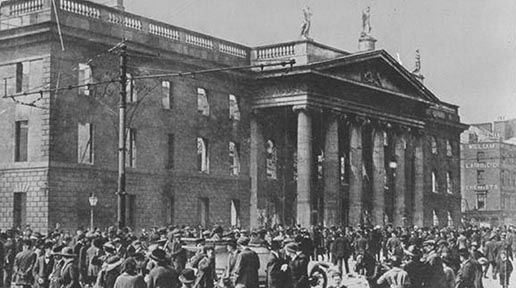
The G.P.O. (via Irish Central)
6. Connolly was the de facto commander-in-chief of the Rising. A strong leader, Connolly was commandant of the Dublin Brigade and, effectively, the focal point and leader for the rebels at the G.P.O. He was such a strong figurehead that Michael Collins commented that he would have followed him ‘to hell.’
7. After his capture, the Irish employer classes wanted him executed as much as the British. Due to his Marxist views and qualities of leadership, Connolly was as much of a threat to wealthy Irish employers as he was to the occupying British. This was due to the fact the he was as motivated by the abolition of capitalism as he was by the freedom of Ireland.
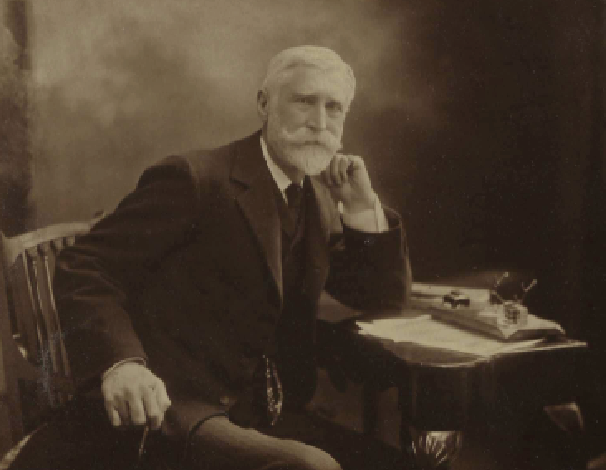
William Martin Murphy
As the clamour grew for leniency from a growing number of citizens, it was shot down by William Martin Murphy, owner of the Irish Independent and enemy of Connolly and Larkin from the Lockout, who wrote that clemency would be seen as government weakness. (Murphy would later deny personally writing the editorial.)
8. He foresaw his, and the signatories’, fate. “Don’t worry,” he told many of his fellow prisoners. “Those of us that signed the proclamation will be shot. But the rest of you will be set free.”
9. He was so badly injured during fighting that he may well have died anyway. He was not held in Kilmainham Gaol – instead, he was kept in a first-aid station at the State Apartments in Dublin Castle until his execution was ordered. He was unable to stand to face his executiones; instead, he was placed in a chair, tied up, and then shot.
10. He was survived by his wife Lillie and several children. His daughter Nora became an influential writer and prominent Irish Republican. Both she and her brother Roddy would become a part of the Oireachtas.
James Connolly died without ever realising his dream of uprooting capitalism and creating a Workers’ Republic.
LISTEN: You Must Be Jokin’ with Aideen McQueen – Faith healers, Coolock craic and Gigging as Gaeilge
